Canadians are taking on more and more debt. And with many low interest rates, it’s not overly surprising.
The current household debt ratio is currently 177%. And while that seems like an incredibly high number, it’s not as bad as you think.
So what goes into this number? How has mortgage debt played into increasing it?
And is there a better number that more accurately reflects your ability to pay your debt?
Never miss an amazing deal again + get our bonus 250+ page eBook for FREE. Join 50,000 other Canadians who receive our weekly newsletter – learn more.
Average Canadian household debt-to-income ratio
What is the average Canadian household debt-to-income ratio?
As of quarter 1 in 2020, it stood at just under 177%. Meaning, for every $1 of disposable income Canadians brought in, they owed $1.77 to creditors.
Here’s what this ratio has looked like, going back to 1990.
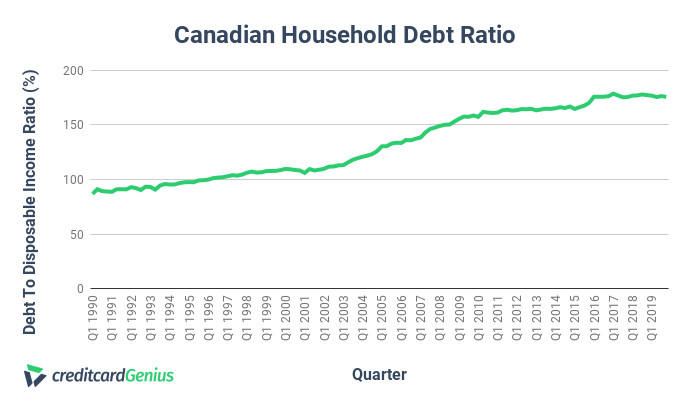
Source: Statistics Canada
As you can see – it’s almost the highest it has ever been. Its highest level was back in Q1 of 2017, when it was 178.5%.
Trends in the debt ratio this year
What has happened to the debt ratio so far this year?
Unfortunately, Statistics Canada has yet to release 2nd quarter data for 2020 (it likely won’t be available until September).
However, it’s widely believed that the debt ratio will decrease in the next quarter. Due to the current pandemic, most people won’t be adding new debt, and even though many lost their jobs (at least temporarily), the government has provided some income support.
Should you care about the soaring Canadian debt ratio?
Is this increase something that should worry you?
At this time, no. It has been on a steady rise for 30 years now. And, as you can see in the graph above, it has been relatively level for the last 5 years.
Keep in mind, however, that all this does is reflect the total amount that all Canadians owe versus how much income we collectively have at our disposal after taxes.
On an individual level, however, this isn’t the number you should be worrying about. The real number you need to consider is your household debt service ratio. This ratio measures your ability to pay your debts. Even if your full debt ratio number is 250%, it doesn’t mean you’re borrowing too much or living outside your means (more on this later).
Debt ratio media frenzy
Whenever the new numbers come out, the media puts out a lot of stories.
- Here’s what the CBC had to say when the latest number came out on June 12, 2020.
- Here’s a Global News story from September 2019, where even though the numbers inched down, there was still cause for concern.
- Finally, here’s the Toronto Star, talking about the rise in debt ratio from December 2017, and about how the rise continues unabated.
Lots of stories concerned about the debt ratio, even though it has been steadily inching upwards since 1990, or, as has been the case for the last few years, remaining relatively flat.
Mortgage debt and interest rates, not consumer debt, responsible for increasing debt ratio
With all that said, what has actually caused the increasing debt ratio?
Since 1990, here’s a graph that breaks down mortgage debt versus other consumer debt.
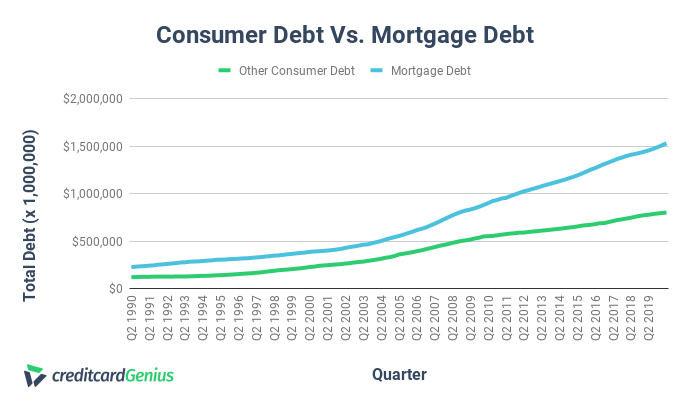
As you can see, mortgage debt has outpaced regular consumer debt.
But that doesn’t tell the whole story – interest rates have been quite low over the last 10 years. Just because mortgage debt has been on the rise, it doesn’t mean that the financing costs are more for housing.
We decided to dig in and take a closer look at what these numbers actually mean.
The Bank Of Canada provides the average available mortgage rates going back to 1975, for 1, 3, and 5 year terms. Using the 5 year rate, and looking at the total mortgage debt owed by Canadians, we turned what Canadians owed into a monthly mortgage payment number, based on a 25 year loan. We also adjusted each yearly number for inflation, to allow for better comparison using the Bank Of Canada’s inflation calculator.
One thing to keep in mind – these are just the posted rates from the major banks. The actual rate people received would’ve been below this. But, it will suffice for comparison purposes.
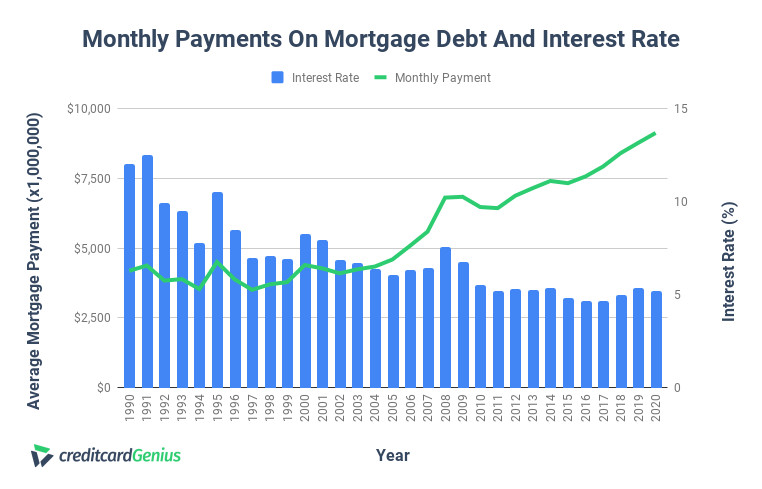
Accounting for inflation, we’re paying more for mortgages, even with lower interest rates. But the increasing number is caused by both the low interest rates and higher housing prices, with low interest rates making it easier to borrow large amounts of money.
Is it a concern? Right now it isn’t. But if interest rates start to rise dramatically, or housing prices start to fall, this could pose an issue for many consumers.
Debt-to-income ratio defined
So how is the debt-to-income ratio defined? The 177% number stated at the top of this article is calculated as the total amount of debt Canadians owe, divided by their disposable income for 1 year.
So, if you want to see how you compare to the average, simply add up your total debt and divide that by your after tax income.
(Total debt / After tax income) x 100 = Debt-to-income ratio
It’s an interesting number, but for most Canadians and lenders it’s not a very useful number. It doesn’t truly reflect anyone’s capacity to actually pay their debts.
This is especially true for anyone who has just purchased a home for the first time, and who suddenly has a large mortgage under their belt. Having a new mortgage doesn’t necessarily mean that you can’t handle the debt you’ve accumulated, making this number essentially meaningless.
Related: Struggling With Debt? Debt Consolidation May Put You Back On Track
A better debt ratio to consider: household debt service ratio
A better debt ratio number is the household debt service ratio. This takes your gross income and compares it to what you’re actually paying on your debt.
It’s a better ratio that takes into account how much you’re making and how much you have to pay towards your debt.
Is there a magic threshold you want this number to be under? Generally, you’ll want to keep your debt service ratio under 43% (which is what lenders usually use).
So far this year, the average debt service ratio in Canada has actually decreased – from 14.81% to 14.67%. Meaning, most Canadians are well within their means to pay what they owe.
Why lenders care about this number
Lenders care about this number because it gives them a relatively accurate idea of your ability to pay your debt. If your debt service ratio number gets too high, you’re taking on more debt than you can afford.
And since this calculation uses your gross income, there’s no allowance for taxes, pension payments, employment insurance, and other day-to-day expenses such as food and gas.
That’s why the goal is set under 50% – it leaves room for other expenses you have.
Calculating your debt-to-income ratio
How do you calculate it? It’s simple. All you have to do is add up your monthly debt payments, and divide it by your gross monthly income.
(Total monthly debt payments / gross monthly income) x 100 = household debt ratio
Your debt payments include:
- mortgage payments, as well as property taxes and insurance,
- auto loan payments,
- minimum monthly credit card bills,
- student loans,
- other loans, and
- child support and alimony payments.
The Financial Consumer Agency of Canada has a calculator for you to determine your household debt ratio.
An example of calculating your debt-to-income ratio
Here’s an example of calculating your own ratio.
Let’s take a monthly household income of $5,000 before taxes.
And, here are the monthly debt payments owed:
- Mortgage, including taxes and insurance: $1,000
- Car payment: $400
- Minimum credit card payments: $50
That’s a total of $1,450 in monthly debt.
Plugging into the formula, we get:
($1,450 / $5,000) x 100 = 29%
4 ways to improve your debt-to-income ratio
So how can you improve your debt-to-income ratio? Here are a few things you can do.
1. Pick up a side hustle
Your income is 1 side of this equation, so increasing that will help lower this number. And there are lots of things you can do to boost your income.
Getting a side hustle, such as freelancing, is one thing you can do to earn more money.
Want more ideas on how to increase your income? Here are 20 ways you can work from home to make more.
2. Eliminate your credit card debt
While the basic household debt ratio calculation only takes into account minimum credit card payments, credit card debt factors into the big picture 177% number discussed at the top.
If you have even a small amount of credit card debt, you’re probably paying around 20% interest on it (which isn’t great). Instead, here are a couple of credit cards that have great balance transfer offers you can use to significantly reduce your interest payments while you work on eliminating that debt.
Related: Balance Transfer Credit Cards 101
| Credit Card | Balance Transfer Offer | Annual Fee, Income Requirements | Apply Now |
|---|---|---|---|
| BMO CashBack Mastercard | 1.99% for 9 months (terms) | * $0 * $15K personal |
Apply Now |
| BMO Preferred Rate Mastercard | 3.99% for 9 months (terms) | * $20, first year free * No income requirements |
Apply Now |
GC: $20
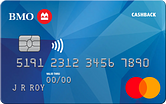
The best balance transfer right now is the
Our final recommended offer is the
And although the other cards mentioned have better offers, once your promotion rate is up, the regular balance transfer rate for them is 22.99%. So, if you haven’t finished paying off your debt, you’re back to a high interest rate (although on a reduced amount of debt).
With this card, your rate only goes up to 12.99% once the balance transfer offer has expired. So whatever you have left to pay off will still be at a reduced rate compared to other credit cards.
3. Take a look at your mortgage
This one can be more difficult if you’re in the middle of your term, but it can be worth exploring if there are lower interest rates you can take advantage of.
There are things to consider if you’re planning on breaking your current mortgage, such as penalties (which are often significant) and new fees.
But with a lower interest rate, not only will your monthly payments go down, more of what you pay will go towards paying the principal as well. It’s a matter of figuring out the math and deciding whether it’s worth it and makes sense to you.
4. Create a budget
Our last tip is to create a budget and start tracking every dollar you spend. Sometimes it’s not an easy exercise to complete, but once you start you can free up money you can then use to cut down on your debt load.
Your thoughts
While the news can be grim when it comes to the debt ratio, it’s not something most of us need to worry about.
Instead, take a look at your own finances, and make sure they’re in order – that’s the part that really matters.
What are your thoughts on the overall Canadian debt ratio?
Let us know in the comments below.
FAQ
What is the Canadian household debt ratio?
The Canandian household debt ratio is a measure of total household debt of Canadians compared to disposable income. As of Q1 in 2020, it stood at 177%.
What has the trend been in the ratio over the last 30 years?
The Canadian debt-to-income ratio has been steadily increasing since 1990, when it was 87%. However, over the last 5 years, it has remained relatively flat, and is currently at 177%.
What’s the best way to calculate my debt ratio?
The best way to calculate your debt ratio is with the household debt service ratio, which compares your monthly income to what you have to pay to service your debt every month.
creditcardGenius is the only tool that compares 126+ features of 229 Canadian credit cards using math-based ratings and rankings that respond to your needs, instantly. Take our quiz and see which of Canada's 229 cards is for you.




 $20 GeniusCash + Up to 5% cash back + No annual fee.*
$20 GeniusCash + Up to 5% cash back + No annual fee.*
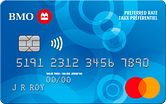

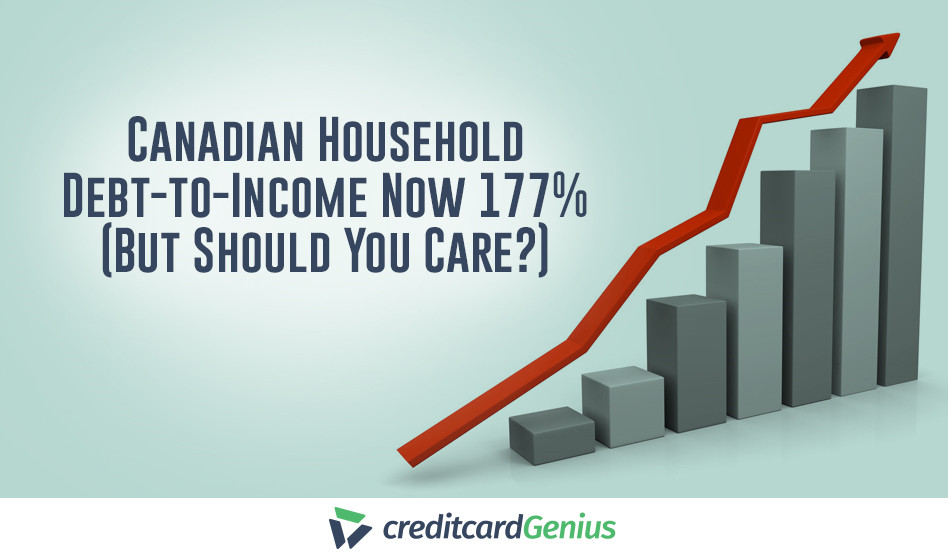





 GC:
GC: 

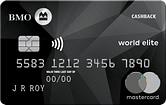
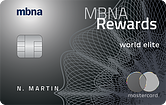






























Comments
Leave a comment
Required fields are marked with *. Your email address will not be published.